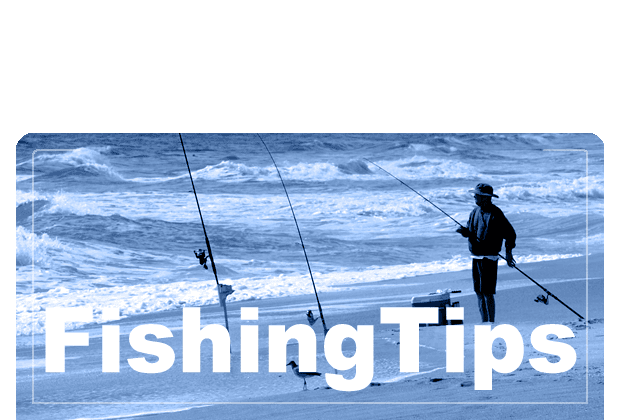Surf Fishing 101
Surf fishing is a popular activity that involves fishing from the shoreline or the beach, using the waves and currents of the ocean to bring fish closer to the shore. It is a great way to enjoy the outdoors and to potentially catch a variety of different species of fish.
If you are new to surf fishing, here are some tips to help you get started:
Choose the right location: Look for a spot that has good structure, such as a jetty, pier, or breakwater, or areas with drop-offs or sandbars. These features can attract fish and make them more likely to bite.
Use the right equipment: Surf fishing typically involves using a long rod and reel, with a braided or fluorocarbon line. Choose a rod that is long enough to cast a long distance, but also has enough backbone to handle larger fish.
When choosing a rod and reel for surf fishing, it is important to consider the type of fish you are targeting and the conditions you will be fishing in. Longer rods, between 9 and 12 feet, are generally preferred for surf fishing, as they allow for longer casts and more control over the line. Braided or fluorocarbon lines are typically used for surf fishing, as they are strong and have low visibility in the water.
Use the right bait: Live bait, such as worms or crabs, is often the most effective for surf fishing. You can also use artificial lures, such as jigs or spoons. Experiment with different bait and lures to see what works best in your location.
Learn to cast: Surf fishing involves casting your line a long distance out into the surf. Practice your casting technique to ensure that you can reach the desired distance and accuracy.
Be patient: Surf fishing can be a waiting game, so be prepared to spend some time waiting for a bite. Stay focused and be ready to set the hook when you feel a tug on your line.
When surf fishing, it is important to pay attention to the tides and the movements of the fish. Look for areas with good structure, such as jetties, piers, or breakwaters, as these can attract fish and make them more likely to bite. Be patient and wait for a bite, and be ready to set the hook when you feel a tug on your line.
Remember to always follow local fishing regulations and to practice catch and release if you are not planning to keep your catch. With some practice and patience, you can enjoy a successful day of surf fishing.
- Guide to Starting a Fishing Charter Business
- Wrightsville Beach Local Fishing Reports #94RT
- Fishing Charter Business Marketing Help
- Wrightsville Beach Local Fishing Reports #83RT
- Wrightsville Beach Local Fishing Reports #73RT
- Wrightsville Beach Local Fishing Reports #63RT
- King Mackerel Fishing in Wrightsville Beach, NC
- Local Wrightsville Beach Fishing Reports #53RT
- Current Fishing Report and Trends and new “Big Red” Artwork
- Are there any well known ship wrecks of the coast of Wilmington NC?
- What is bottom fishing?
- What is offshore fishing at Wrightsville Beach NC?
- What is nearshore fishing at Wrightsville Beach NC?
- What is inshore fishing at Wrightsville Beach NC?
- How much does it cost to Charter a fishing boat in Wrightsville Beach NC?
- How good is speckled trout fishing at Wrightsville Beach NC?
I research and report fishing, fishing gear/equipment, survival topics, and marketing for outdoors related businesses. I assist here on WB Fishing as the editor. Articles may contain AI researched content. All content is published for education and entertainment purposes only, NOT LIFE, HEALTH, SURVIVAL, FINANCIAL, BUSINESS, LEGAL OR ANY OTHER ADVICE. Learn more about Mark Mayo


